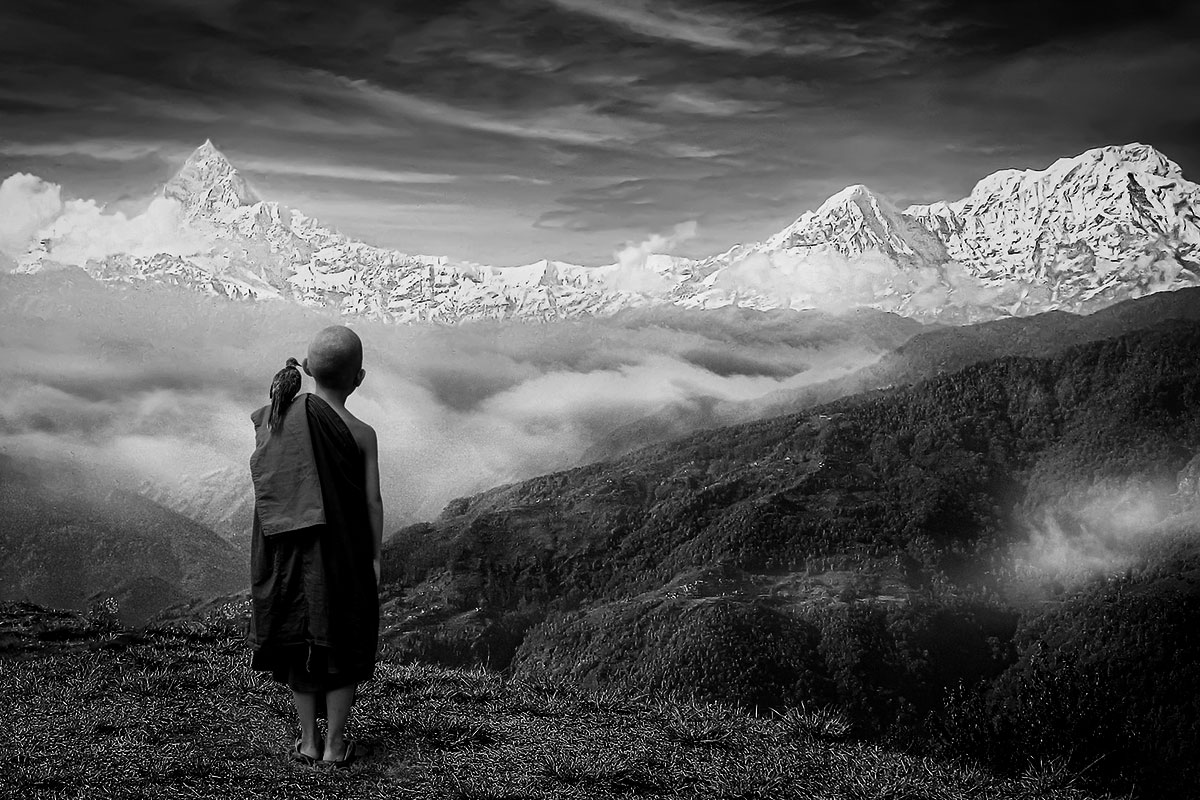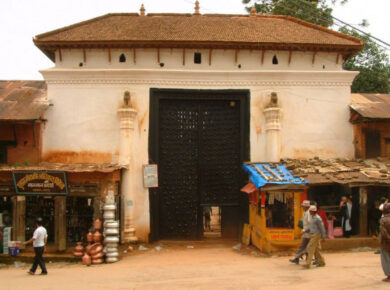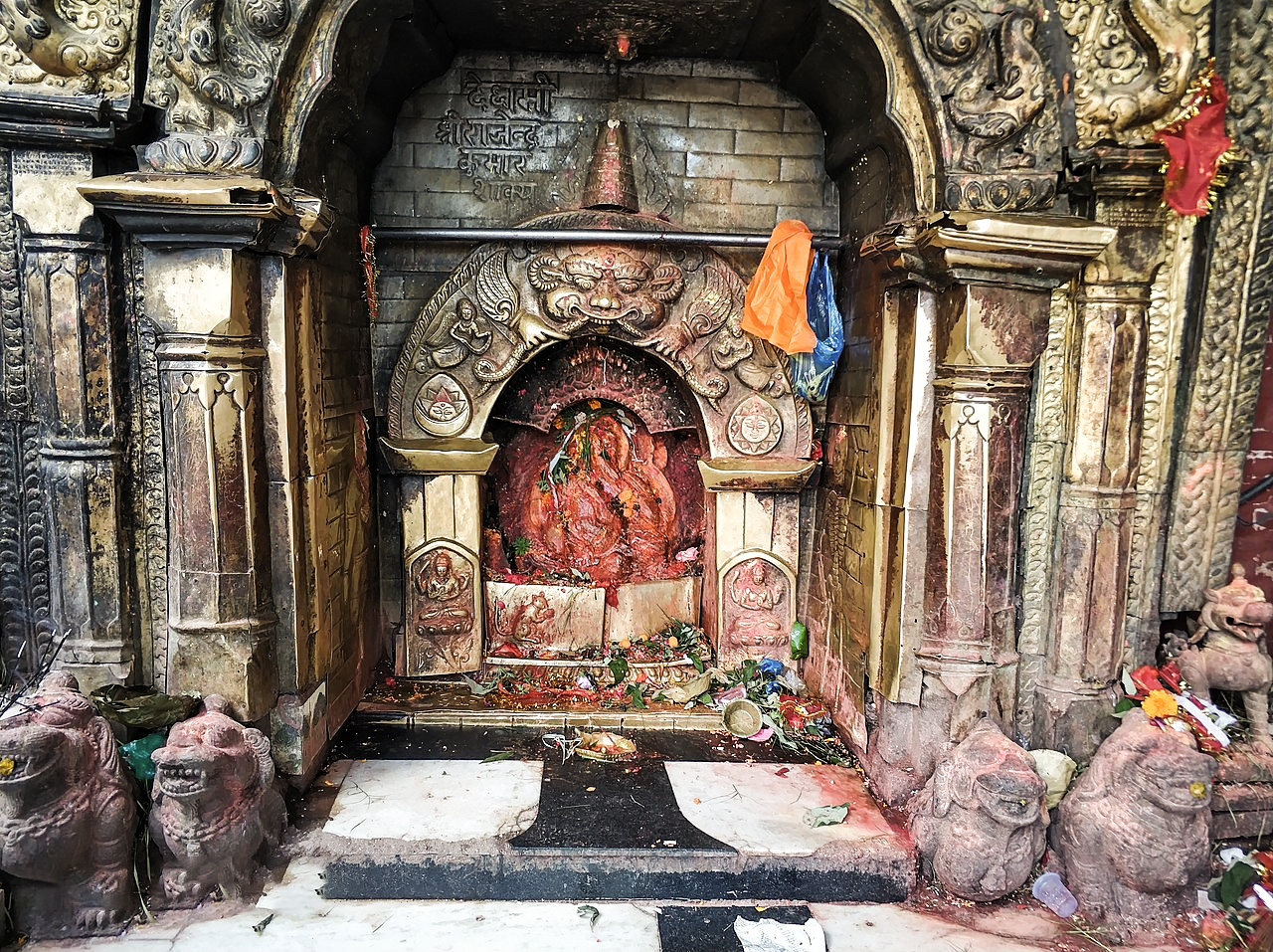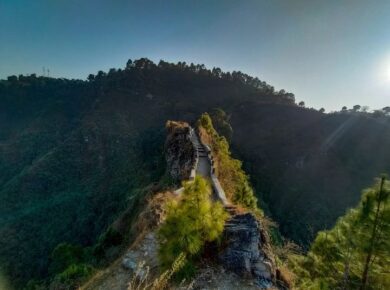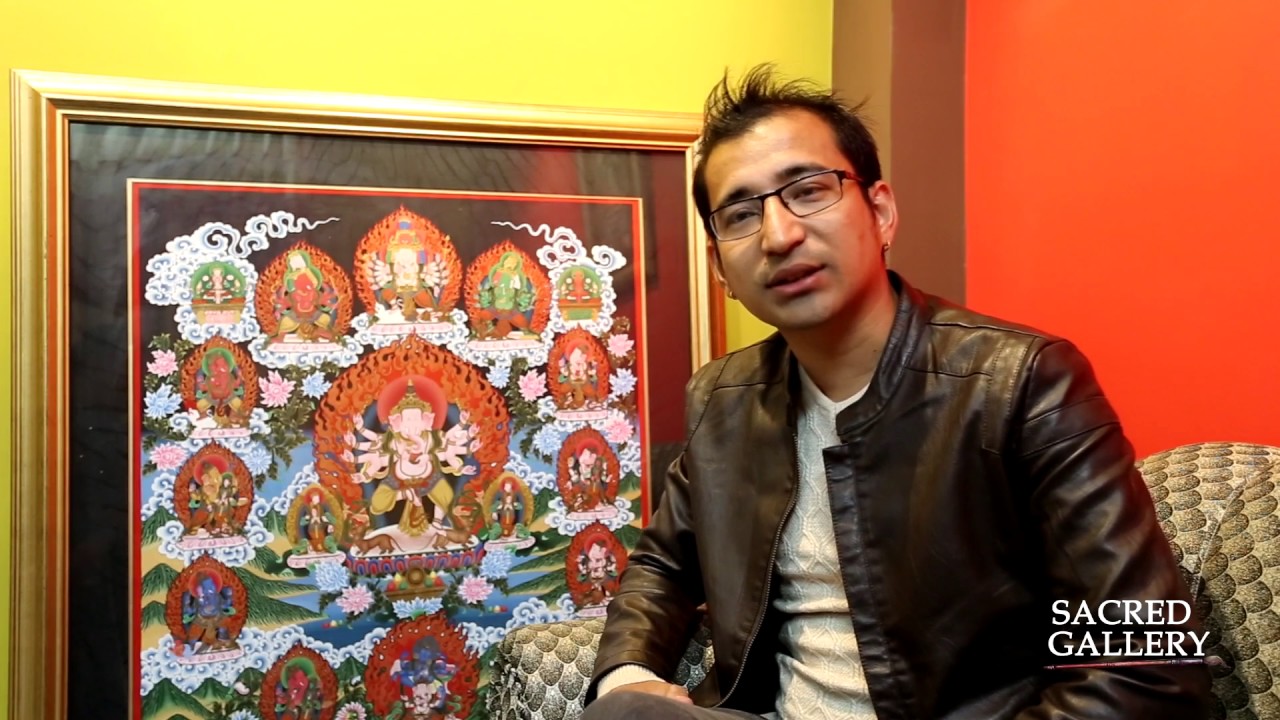The discovery of a life-size statue of King Jaya Verma in 1992 at Maligaon in Kathmandu, with an inscription dated 185, is the earliest recorded evidence about Nepal’s history. Before the conquest of the Nepal (Kathmandu) Valley by Gorkha’s King Prithvi Narayan Shah in 1769, Nepal Mandal, or Kathmandu Valley, was known as ‘Nepal’ to the outside world. According to recorded history, which dates back to the early Christian era, Nepal has been ruled by the Lichchhavi, Thakuri, Malta and Shah dynasties. The Lichchhavis ruled the country from the beginning of the 1st to the 9th century. The Lichchhavis were followed by the Thakuris, who ruled the country from the 9th to the 14th century. However, the architectural excellence of the Kathmandu Valley reached its zenith during the later Malta Period from the fourteenth century to the eighteenth century. The UNESCO heritage monuments that are scattered throughout the Kathmandu valley are the ingenuity of this period.
It was during the Malla period that Newari culture and architecture reached their pinnacle, and is known as the era of “renaissance”. Math rule came to an end when the Kathmandu Valley was conquered by the Gorkha King, Prithvi Narayan Shah, in 1769, and the Shah dynasty was established, but in 1846, taking advantage of a weak king ell, in intense palace intrigues, Jung Bahadur Rana seized absolute power through a brutal court massacre and started the Rana oligarchy. The Ranas de facto ruled the country as their fiefdom until they were ousted from power by a popular revolt in 1951, and democracy was established in the country.
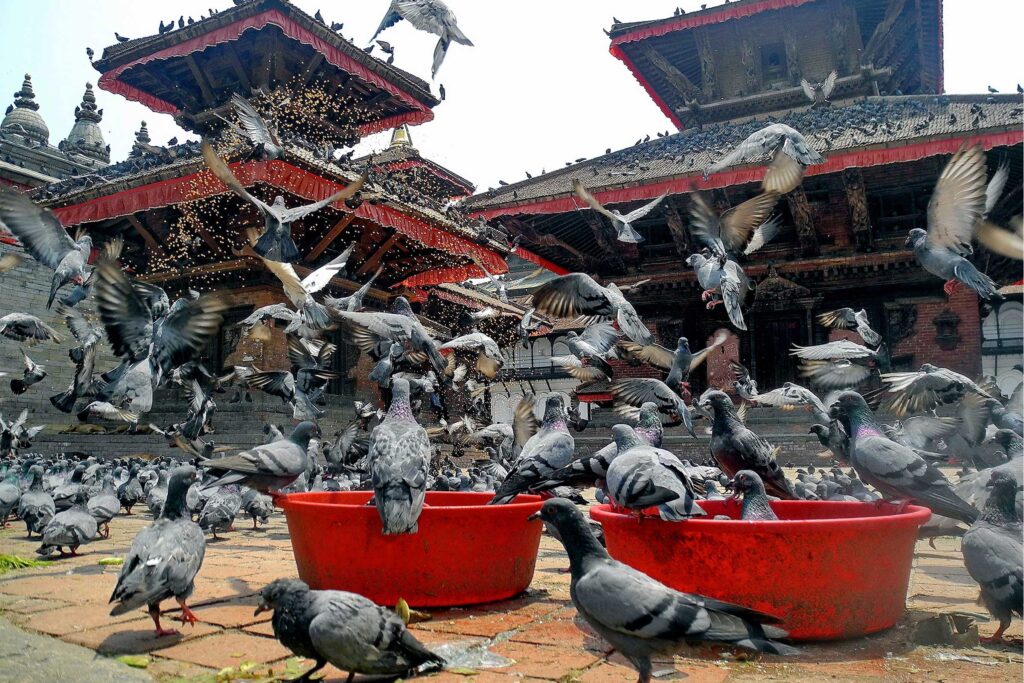
What we identify as Nepalese culture today germinated and developed in the Kathmandu Valley at the beginning of the 1st century or probably even earlier. But it was only after the country opened to the outside world with the advent of democracy in 1951 that the world was able to see the grandeur and opulence of Nepalese culture. No doubt, the different ruling dynasties patronized it, but in essence, it has been a people’s culture – a culture nurtured by the people through the ages. No cultural. event takes place in Nepal without the people’s mass participation. One can see the spectrum of a vibrant cultural rainbow in the multitude of festivals and rituals that are celebrated almost every other day in some part or the other of the country. In the capital city of Kathmandu, the Newars who make up the indigenous inhabitants of the Kathmandu Valley and are best known for their artistic creativity and skilled craftsmanship, culture has held a paramount position in their everyday Lives.
The Lichchhavis ruled the country from the beginning of the 1st to the 9th century. The Lichchhavis were followed by the Thakuris, who ruled the country from the 9th to the 14th century.
Cultural tolerance has been the quintessence of Nepalese way of Life. Nepal remains one of the most peaceful multi-religious, multi-ethnic and multi-cultural countries in the world. The ethnic unity and religious harmony maintained by the Nepalese against such diversity are truly remarkable and have been acknowledged internationally. Undeniably, this plurality of cultures is what has given Nepalese society its vibrant and lively character.
